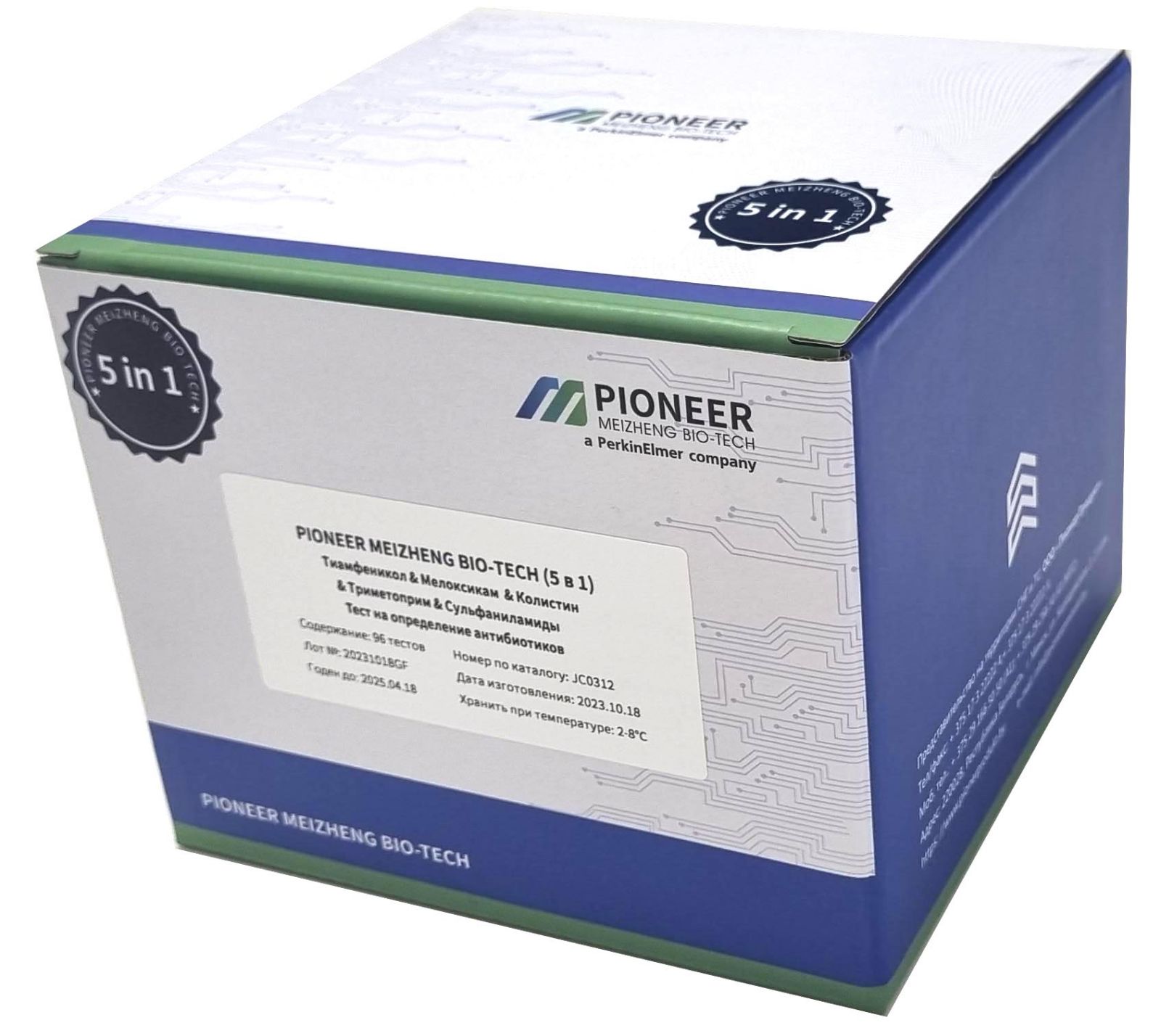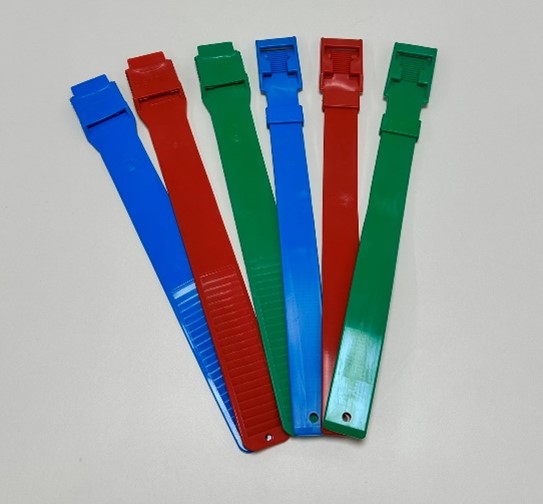Scientists have grown artificial meat on a frame of grass

Attachment of animal cells to plant cells was 35%
Researchers from the University of Bath (UK) have grown artificial MEAT on a grass frame, the university said in a statement. Scientists have found that animal cells can attach to the scaffold and grow, they become similar to the structure of the fibers in meat. For the experiment, the researchers used rye, fescue and bluegrass as the basis for artificial meat. Three hours after the start of the experiments, scientists noticed that 35% of the meat was attached to the cultures. At the same time, on ordinary untreated grass, the fibers germinate by only 9%, the researchers noted in their report. In the future, scientists plan to increase the percentage of fibers that can germinate with a grass frame. For the experiment, beef and pork are used.
To create artificial meat, the researchers launched the process of decellularization - freed blades of grass from their natural cells. A set of cells derived from a mouse cell line was then seeded onto the decellularized blades (these cells were eventually replaced with bovine stem cells). The implanted cells adhered to the surface of the scaffold, multiplied and formed bonds with neighboring cells, eventually growing as a cell mass, forming a new three-dimensional tissue, the scientists explained the process of the experiment.
During its implementation, the researchers encountered a number of problems. First, it is important to find a suitable basis for building new muscle tissue. The scaffold must be such that the cells can easily attach to the surface. In this arrangement, the scaffold must allow the cells to proliferate and align to closely mimic the fibers of the natural tissue they replicate (for example, all cells must contract and relax in tandem). Another challenge has been the scaling up of the base material for cultivating artificial meat—it needs to be easy to manufacture. For lab-made meat, there is a third problem: the carcass must be edible for humans, even if it is not very digestible (as is the case with grass).
“When we were looking for a base for our cells, we wanted to find something that was both sustainable and edible. I was thinking about decellularized natural material because cellulose is edible,” commented Dr. Paul De Bank, who led the study. “I also decided that the grass had even grooves, which I hoped would allow the cells to align together to form the fibers we needed – and it worked.” He also opined that consuming beef is the same (albeit partially) as consuming grass that cows eat during their lifetime. “Research shows that we can directly replace animals with the grass they eat. For now, our system needs to be expanded, but I hope that a grass-based meat product may soon appear on the market,” the scientist added.
According to Andrey Zyuzin, an expert on the FoodNet market of the National Technology Initiative, scientists have indeed found a way to “glue meat” to a substrate that should be edible. However, the theory that cows eat grass, which then becomes meat, that is, we, in fact, shorten the path from the field to the human stomach, is ridiculous, he says. Zyuzin said that the cell meat trend could take a certain share by 2040. “The forecast for the development of the market remains, but we cannot currently operate on the isolated fact that all of a sudden grass will be the main ingredient. The main ingredient is, rather, not a herb, but growth factors that determine the rate of cell decomposition, ”he believes.
Aleksey Ivanov, coordinator of the Let's Eat Better project, said that the use of vegetable ingredients in the creation of cultured meat is a common practice. “For example, Eat Just's cultured chicken meat is over 70% animal cells mixed with a small amount of vegetable proteins for better structure. And Future Meat Technologies blends cultured animal fat with vegetable proteins,” he explained.
In early July, the media wrote that an Israeli company launched a plant that can produce up to 500 kg of cultivated meat per day: this is enough for 5,000 burgers, Ivanov continues. “Moreover, Future Meat Technologies has already managed to reduce the cost of 100 g of chicken breast to $4. Comparing this with the famous Mark Post burger, which cost over $300,000 in 2013, we can see how the cost of producing cultured meat is significantly reduced,” Ivanov said.
One of the Eat Better studies showed that almost half of Russians are willing to try cultured meat. First of all, if it is harmless to HEALTH. “In this direction, this type of production has significant advantages. Thus, the reproduction of animal cells in bioreactors, compared with growing animals on farms, reduces the risk of infection with pathogens: for example, salmonella, says Ivanov. - It will also be possible to avoid the mass use of antibiotics: today, more antibiotics are used in animal husbandry than in medicine. In the future, it will also be possible to create cultivated products, taking into account the individual characteristics of people.” According to Ivanov, environmental aspects also play a significant role here. The world's population is growing, but natural resources are limited. Depending on the type cultured meat uses less land, emits less greenhouse gases and pollutes soil than conventional meat, he added. With the industry growing rapidly, the cultured meat market will reach $25 billion by 2030, according to a new report from McKinsey & Company.
Meanwhile, the Russian Presidential Council for the Development of Civil Society and Human Rights recommended that the Ministry of Health and Rospotrebnadzor develop economic incentives for producers of plant-based foods, including plant-based alternatives to meat. The same measures are proposed to be prepared for catering establishments that offer such food. “Rospotrebnadzor, the Ministry of Health of Russia: to develop recommendations on increasing the share of the use of plant products in public catering establishments in state and municipal institutions, holding “days without meat,” the Council said.
Read together with it:
- The Russian Ministry of Agriculture proposes extending veterinary regulations until 2032.The extension includes regulations for the prevention and eradication of diseases such as bradsot (Clostridium septicum), trichinosis (Trichinella), blackleg (Clostridium chauvoei), and porcine reproductive and respiratory syndrome (PRRS). The proposed changes stipulate the following new deadlines: for bradsot and trichinosis - from March 1, 2......
- The IEA sees a risk of a decline in oil production in Russia due to sanctions.The IEA sees a risk of reduced oil production in RUSSIA due to US sanctions , but maintains its production forecast. According to the IEA, Russian oil exports will remain unchanged.There is a "significant downside risk" to Russia's oil production forecast due to US sanctions, the International Energy Agency (IEA) said in a report.BLOOMBERG . The agency's experts believe that the latest US sanction...
- He crawled to the icon with prayer. The true story of a man who overcame drug addiction.Alexander Ovchinnikov. Topic News. Our project's hero was a drug addict for many years. The thought that this was a dead end never left him, but his addiction proved stronger. One day, when he could no longer walk, he crawled to an icon in prayer. This became his first step toward a new life. Today, he heads a charity center that helps those who have given up hope and are unable to quit ALCOHOL an...
- Russian agriculture: self-sufficiency continues to growThe industry has a track record of implementing new technologies and increasing productivity. RUSSIA is already confidently self-sufficient in grain, MEAT, fish, vegetable oil, and SUGAR. Grain and vegetable production is also forecast to be higher this year, despite unfavorable weather conditions in some regions. The Ministry expects historic highs for some crops and continues to support agricult...
- Низкое предложение и устойчивый спрос: в Аргентине растут цены на мясоЦены на говядину снова выросли, что отразилось на полках супермаркетов и в мясных магазинах. За последние две недели розничные цены выросли на 8–12%, а на некоторые популярные отрубы рост превысил 15% по сравнению с октябрем. Тем не менее, продажи остаются высокими: потребители продолжают покупать, принимая новые цены и закрепляя тенденцию, которая повторяется каждый год в конце года, когда спрос ...
- Колумбия: При экспорте скота сертификация и прослеживаемость больше не являются необязательнымиВысококачественное животноводство, особенно при экспорте, требует сертификации и прослеживаемости. Это необходимые условия для выхода и конкуренции на многих международных рынках, а также на некоторых всё более требовательных внутренних рынках. Колумбийское животноводство не является исключением из этих правил, и, хотя предстоит ещё многое сделать, всё большее число ферм и компаний внедряют эти ме...
- В Братске пресечён ввоз 12 килограммов мяса и молочной продукции из Монголии из-за угрозы эпидемииВвоз этих товаров был запрещен в связи с неблагополучной эпизоотической ситуацией в Монголии, что нарушает ветеринарное законодательство Евразийского экономического союза. Против четырёх граждан Монголии начато административное разбирательство по части 1 статьи 10.6 КоАП РФ. Запрещённые продукты были возвращены в Монголию. Регулярные проверки автотранспорта, движущегося через МАПП «Кяхта», проводя...
- США объяснили снятие санкций с проекта АЭС в Венгрии с участием РоссииСША хотят, чтобы строительство АЭС «Пакш-2» завершилось, это необходимо, чтобы Венгрия стала энергетически независимой, заявил Рубио. Орбан сообщал, что после встречи с Трампом добился исключения из санкций Соединенные Штаты вывели из-под санкций проект АЭС «Пакш-2» в Венгрии, подтвердил госсекретарь Марко Рубио после встречи министров иностранных дел стран G7 в Канаде. Ранее об этом говорил венге...



























































